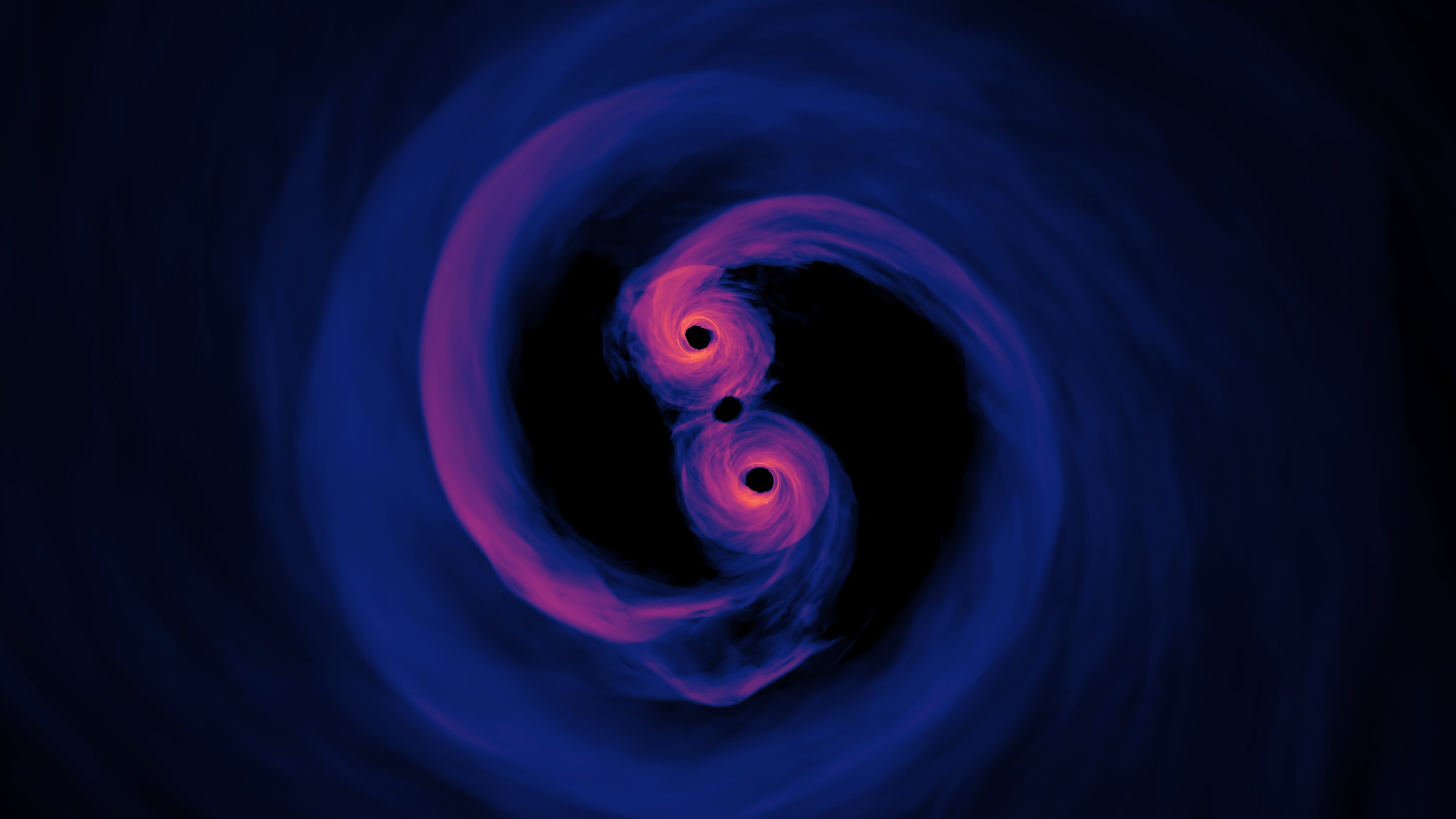The strange behavior of hypervelocity stars suggests a nearby dwarf galaxy must contain a supermassive black hole. If so, a collision with the Milky Way is inevitable.

Back in 1971, a couple of British astronomers predicted the existence of a black hole at the center of our galaxy. And in 1974, other astronomers found it, naming it Sagittarius A*.
Since then, astronomers have discovered that a similar “supermassive black hole” sits at the center of almost every other large galaxy. In 2019, they took the first image of a supermassive black hole. Today, these exotic objects are a fundamental part of our understanding of how galaxies form and evolve.
But what of smaller astronomical bodies, like the Large Magellanic Cloud, a dwarf sa...
Read More









Recent Comments